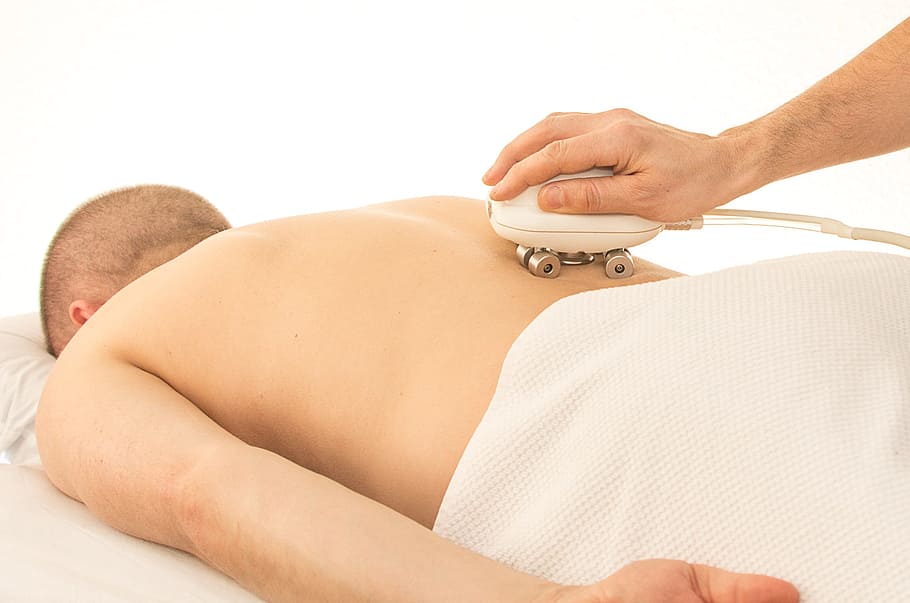Understanding and Managing Spinal Cord Ache: Causes, Symptoms, and Relief
Dealing with persistent spinal cord ache can be incredibly challenging, affecting your daily life, mobility, and overall well-being. This article aims to provide you with a comprehensive understanding of spinal cord ache, its potential causes, symptoms, and effective strategies for managing and finding relief.
1. What Causes Spinal Cord Ache?
Spinal cord ache can have various underlying causes, including:
– Muscle Strain and Tension:
Prolonged poor posture, overexertion, or carrying heavy loads can strain the muscles supporting the spine, leading to discomfort and ache.
– Herniated Discs:
When the soft, cushion-like discs between the vertebrae become damaged or herniated, they can press against nerves, causing pain and discomfort.
– Spinal Stenosis:
Narrowing of the spinal canal can put pressure on the spinal cord and nerves, resulting in pain, numbness, and weakness.
– Degenerative Disc Disease:
As discs naturally age, they can lose their flexibility and shock-absorbing capabilities, contributing to ache and stiffness.
– Sciatica:
Compression or irritation of the sciatic nerve, which runs from the lower back down to the legs, can lead to sharp, shooting pain known as sciatica.
2. Recognizing the Symptoms:
Spinal cord ache may present with the following symptoms:
– Dull Ache or Sharp Pain:
Pain can vary from a persistent, dull ache to sharp, shooting sensations that radiate down the arms or legs.
– Numbness and Tingling:
You may experience numbness, tingling, or a pins-and-needles sensation in the affected area.
– Muscle Weakness:
Weakness in the muscles served by the affected nerves may lead to difficulty moving or lifting objects.
– Limited Range of Motion:
Stiffness and limited mobility in the spine can make it challenging to perform everyday tasks.
– Pain Aggravated by Movement:
Certain activities, such as bending, lifting, or twisting, may worsen the pain.
3. Seeking Relief:

– Rest and Proper Posture:
Allow your body to heal by getting adequate rest and practicing good posture to relieve strain on your spinal muscles.
– Physical Therapy:
A physical therapist can design a personalized exercise program to strengthen muscles, improve flexibility, and alleviate pain.
– Medications:
Over-the-counter pain relievers, muscle relaxants, and anti-inflammatory drugs can help manage pain and inflammation.
– Heat and Cold Therapy:
Applying heat or cold to the affected area can help relax muscles and reduce inflammation.
– Ergonomic Adjustments:
Make ergonomic changes to your workspace and daily activities to minimize strain on your spine.
– Chiropractic Care:
Chiropractic adjustments can help realign the spine and alleviate pressure on nerves.
4. Prevention and Lifestyle Changes:
– Maintain a Healthy Weight:
Excess weight can strain the spine, so aim for a healthy weight to reduce the risk of spinal issues.
– Regular Exercise:
Engage in low-impact exercises like walking, swimming, and yoga to keep your spine strong and flexible.
– Proper Lifting Techniques:
When lifting objects, bend at the knees and use your legs rather than your back.
– Stress Management:
Stress can contribute to muscle tension and pain, so practice relaxation techniques to manage stress.
– Supportive Sleep Environment:
Invest in a supportive mattress and pillows to maintain proper spinal alignment while sleeping.
5. When to Seek Medical Help
If your spinal cord ache is severe, persistent, or accompanied by symptoms like weakness, numbness, or bladder or bowel dysfunction, it’s crucial to seek medical attention. A healthcare professional can diagnose the underlying cause and recommend appropriate treatment.
Dealing with spinal cord ache requires a comprehensive approach that includes understanding the causes, recognizing the symptoms, seeking relief through various methods, and making necessary lifestyle changes. By taking proactive steps and working with healthcare professionals, you can manage your spinal cord ache and improve your overall quality of life. Remember, seeking early medical intervention is essential to prevent any potential complications and ensure long-term well-being.



